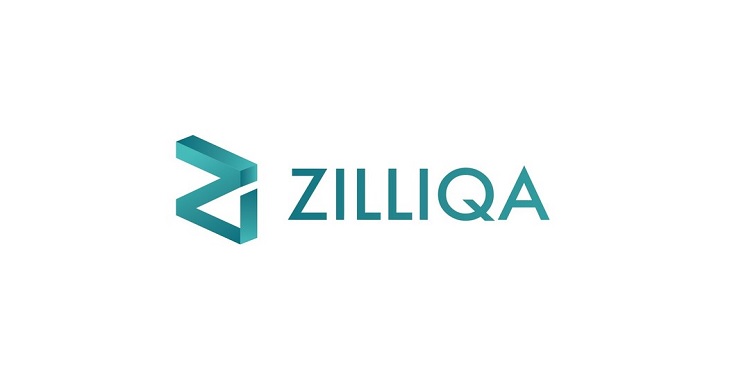Zilliqa, the high-throughput Layer 1 blockchain platform known for pioneering sharding technology, has officially transitioned from its original architecture to a reimagined protocol—Zilliqa 2.0. This significant milestone marks a full-scale transformation designed to cater to the growing demands of developers, institutions, and enterprises in today’s evolving Web3 environment.
The shift to Zilliqa 2.0 is not positioned as a simple iteration but rather a foundational redesign. While Zilliqa 1.0 demonstrated that scalable, sharded blockchains could operate at high performance, the new version introduces features aligned with modern-day regulatory, technological, and usability expectations. The upgraded platform brings together composability, developer-focused infrastructure, and enterprise-grade modularity, establishing a blockchain environment that is both flexible and regulation-friendly.
At the core of Zilliqa 2.0 lies a restructured architecture built to support tokenized real-world assets, compliant decentralized finance (DeFi) systems, and verifiable smart contracts. The new protocol architecture introduces a modular design that is equipped to support continuous upgrades, increased throughput, and advanced functionalities. Ethereum Virtual Machine (EVM) compatibility has also been integrated, enabling seamless deployment of Ethereum-based applications and tools directly on the Zilliqa network.
The upgraded network is anchored on six primary pillars: a modern Proof-of-Stake consensus, customizable x-shards for tailored computation, efficient cross-chain messaging, support for light clients, and a restructured tokenomics model that aims to deliver long-term sustainability. Future development plans include the launch of smart accounts for enhanced programmability and the implementation of zero-knowledge (ZK) technologies to support privacy-preserving compliance tools like verifiable credentials and selective disclosures.
According to Zilliqa leadership, the revamped protocol is built to meet institutional-grade expectations without compromising on the speed, openness, or flexibility that initially defined the platform. This positioning aims to attract both established fintech players building programmable financial assets and decentralized organizations focused on regulatory alignment.
Zilliqa 2.0 Mainnet is LIVE — and so is the official Staking platform!
The long-awaited launch is here, and it’s time to take action.
🔄All stakers: Unstake your balance from the Zillion and stake via the New staking platform to keep earning rewards.
👉https://t.co/jg0FVuKqDE… pic.twitter.com/MubNuxZpA4— Zilliqa (@zilliqa) June 30, 2025
The upgrade also introduces major enhancements to staking and validator systems. Staking in Zilliqa 2.0 benefits from improved performance, simplified validator onboarding, and incentives for early migration from the previous protocol. The staking model is structured to reward early adopters while ensuring sustainable growth as liquidity and users shift from Zilliqa 1.0 to the new ecosystem.
Prior to its mainnet launch, Zilliqa 2.0 underwent a rigorous six-month Aventurine testing phase. During this time, 21 external validators participated in a proto-mainnet environment, producing over 7.5 million blocks and successfully executing 15 client upgrades. This extensive testing phase validated the network’s robustness and readiness for real-world applications.
Zilliqa’s evolving roadmap and early ecosystem activity highlight its transition from a high-performance chain into a modular, institution-ready blockchain. Several strategic integrations are already underway, including partnerships with LTIN and deBridge, the latter of which introduces native USDC to the network. These alliances aim to enhance interoperability and onboard regulated financial products.
With over 50 million transactions processed and one of the industry’s most advanced sharding implementations already in place, Zilliqa is positioning itself as a high-performance Layer 1 blockchain capable of supporting scalable, compliant applications across sectors. As more projects adopt the upgraded protocol, the platform is poised to become a focal point for institutional blockchain use cases and next-generation Web3 development.



